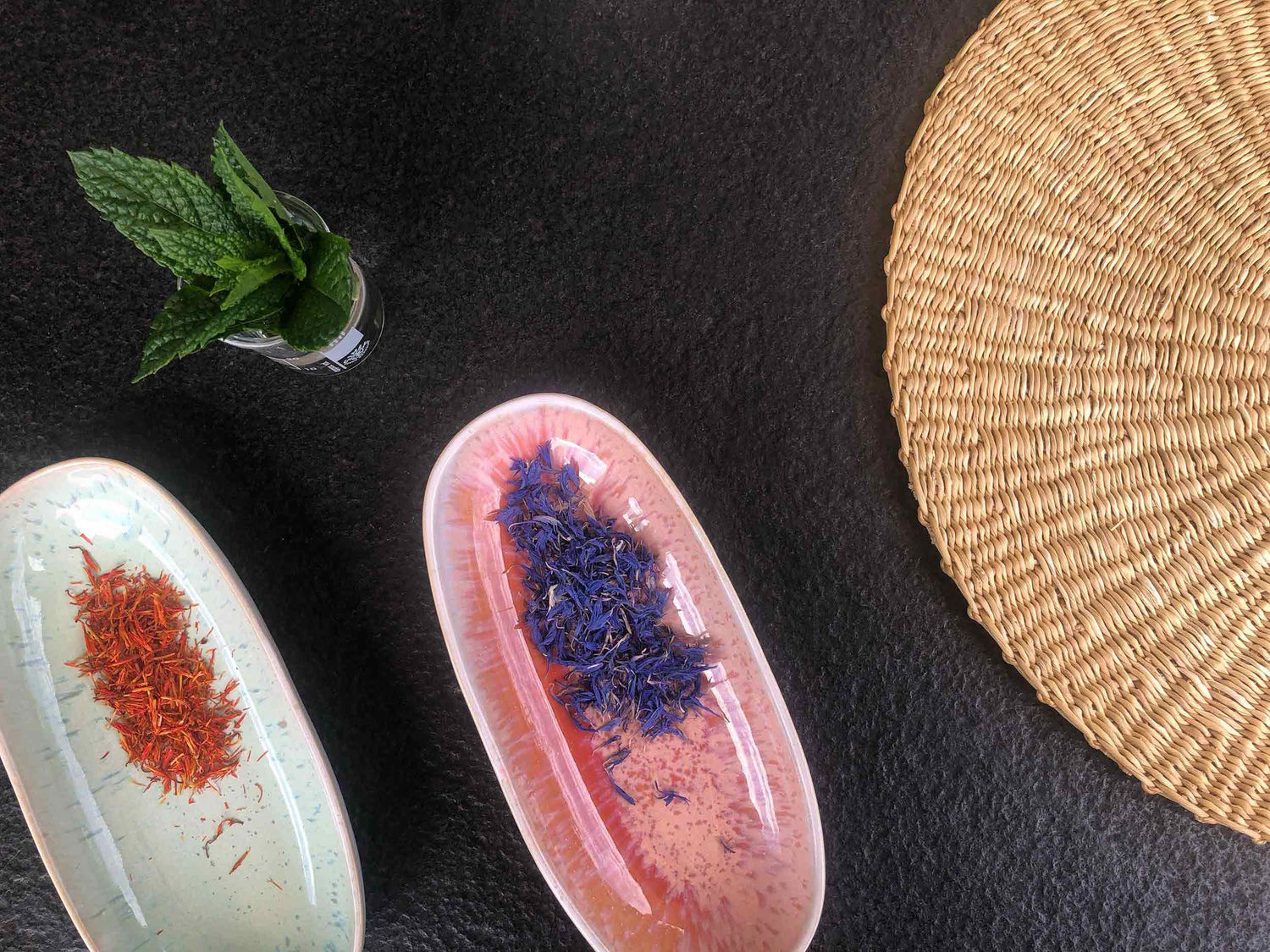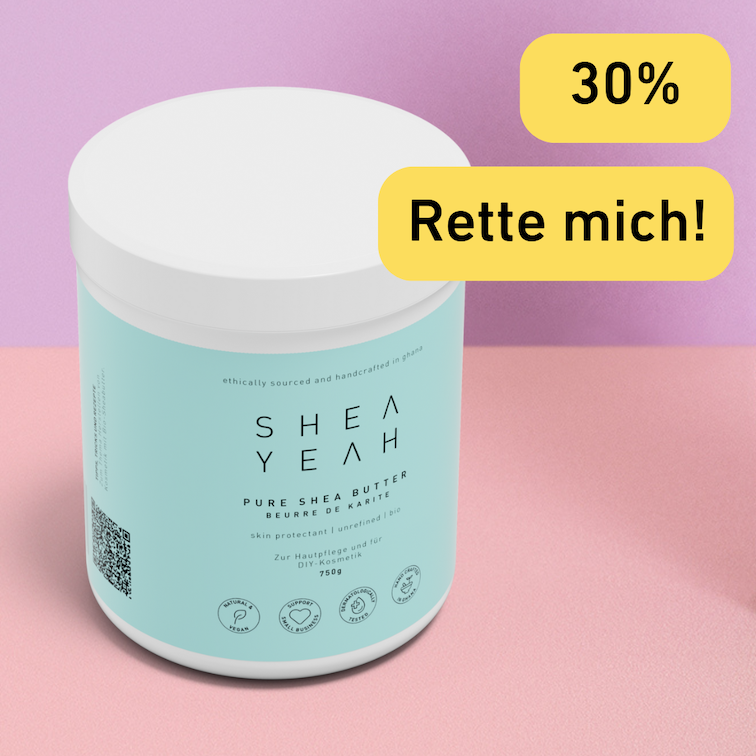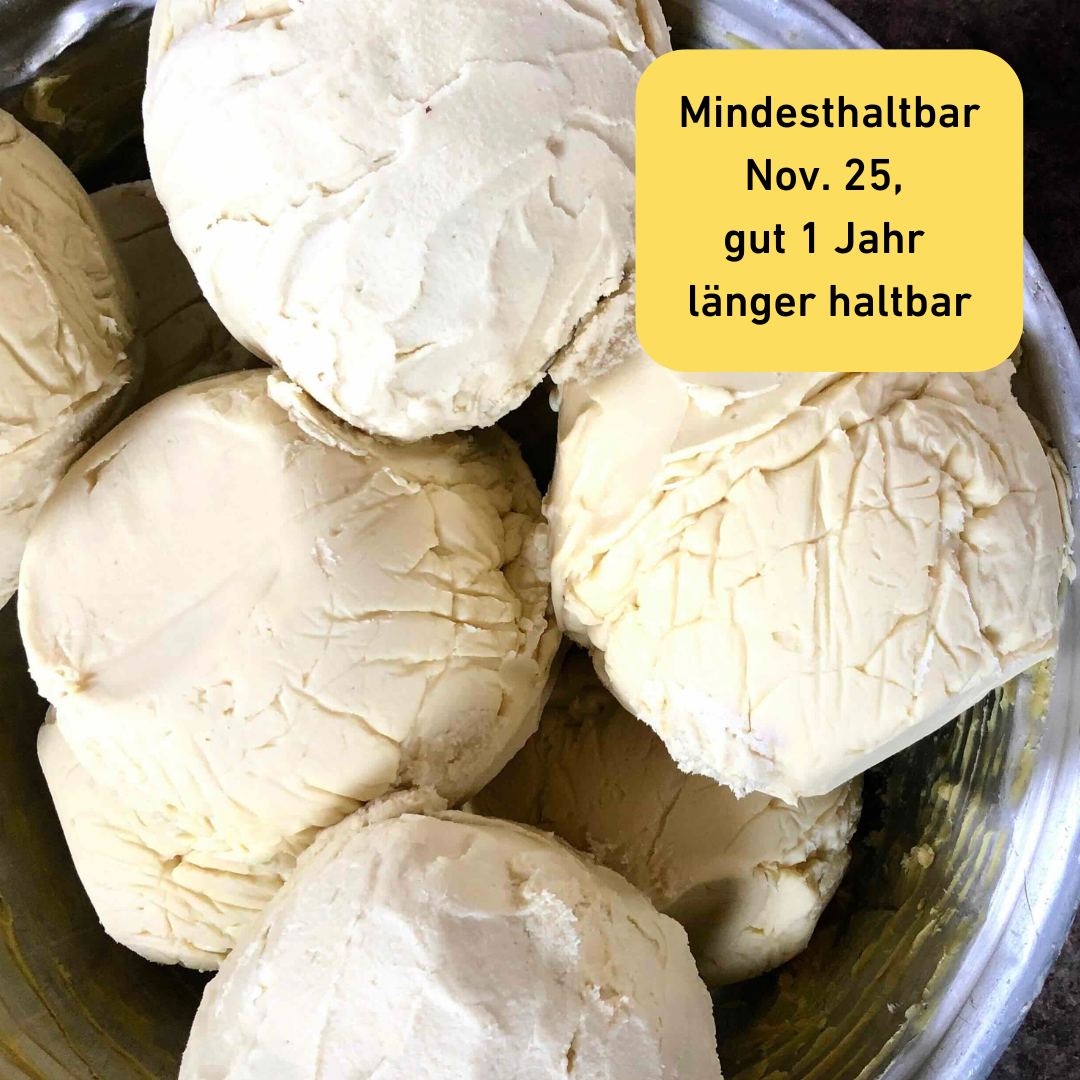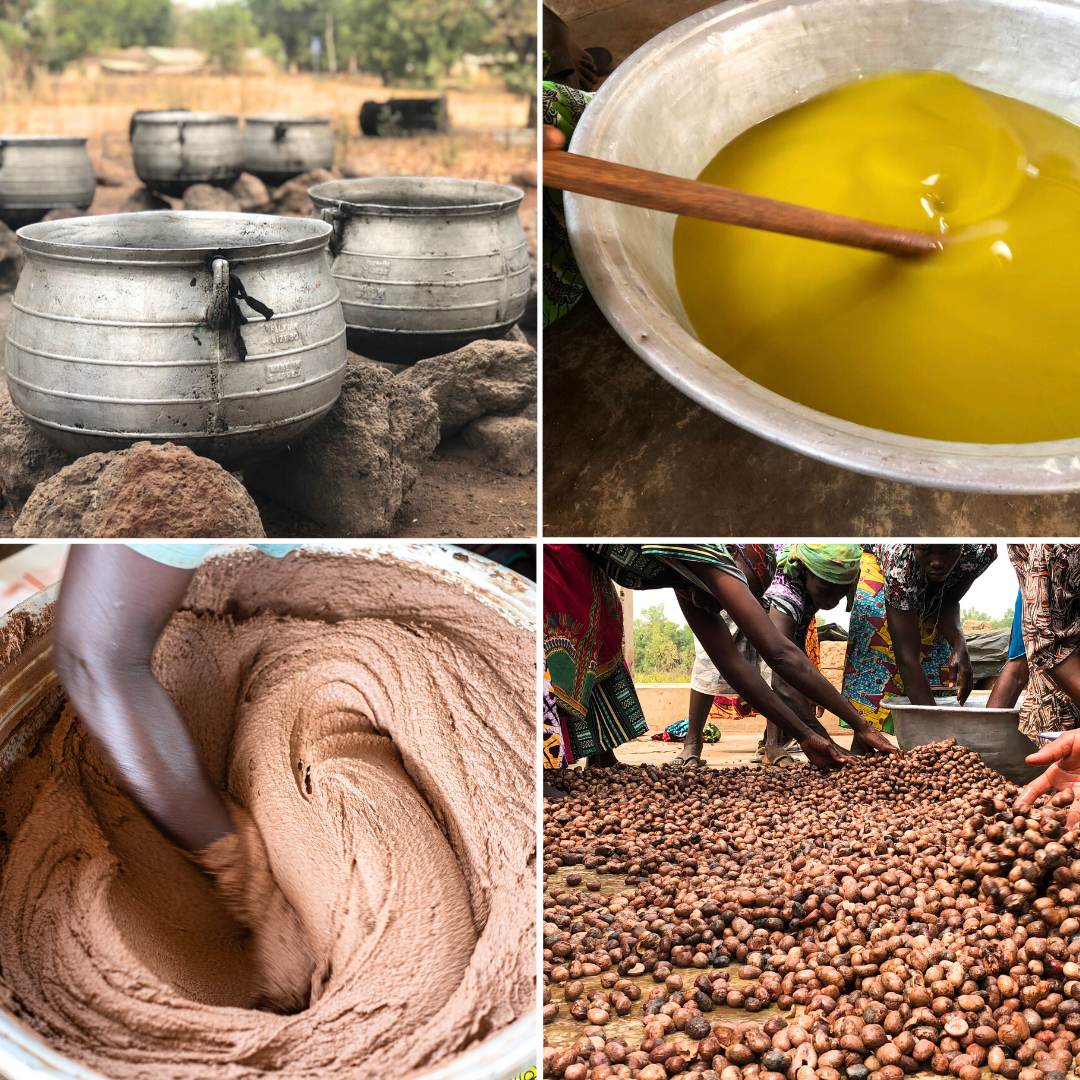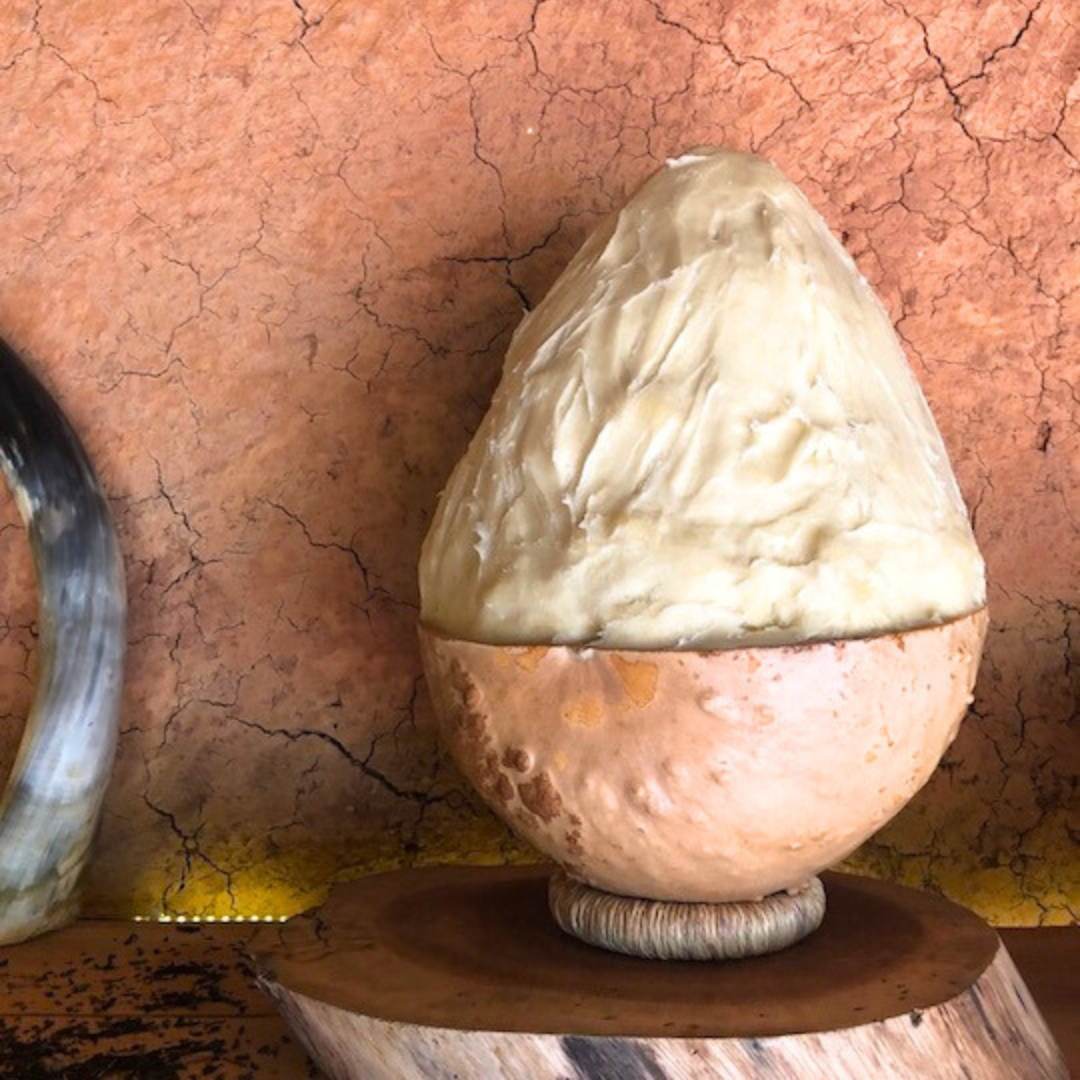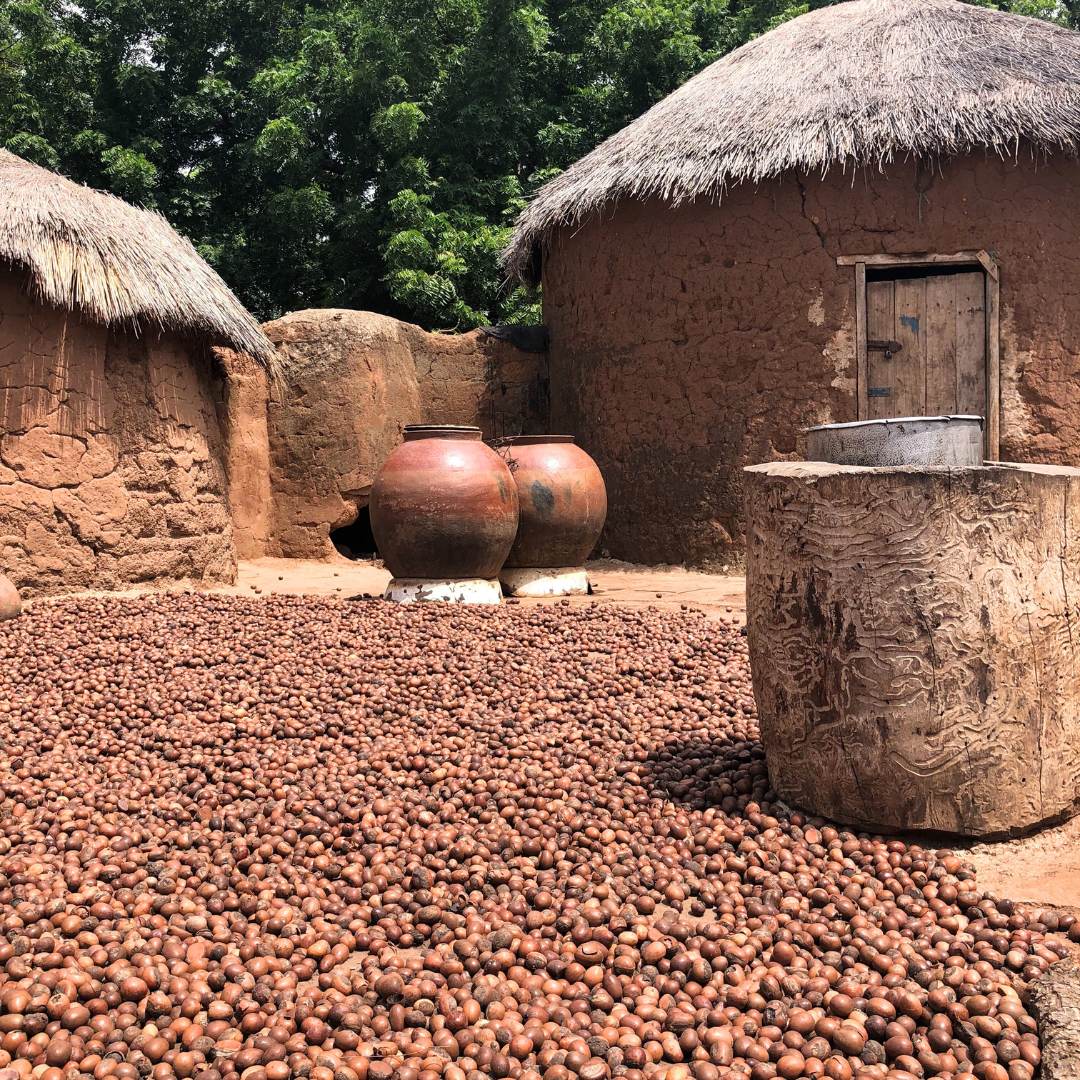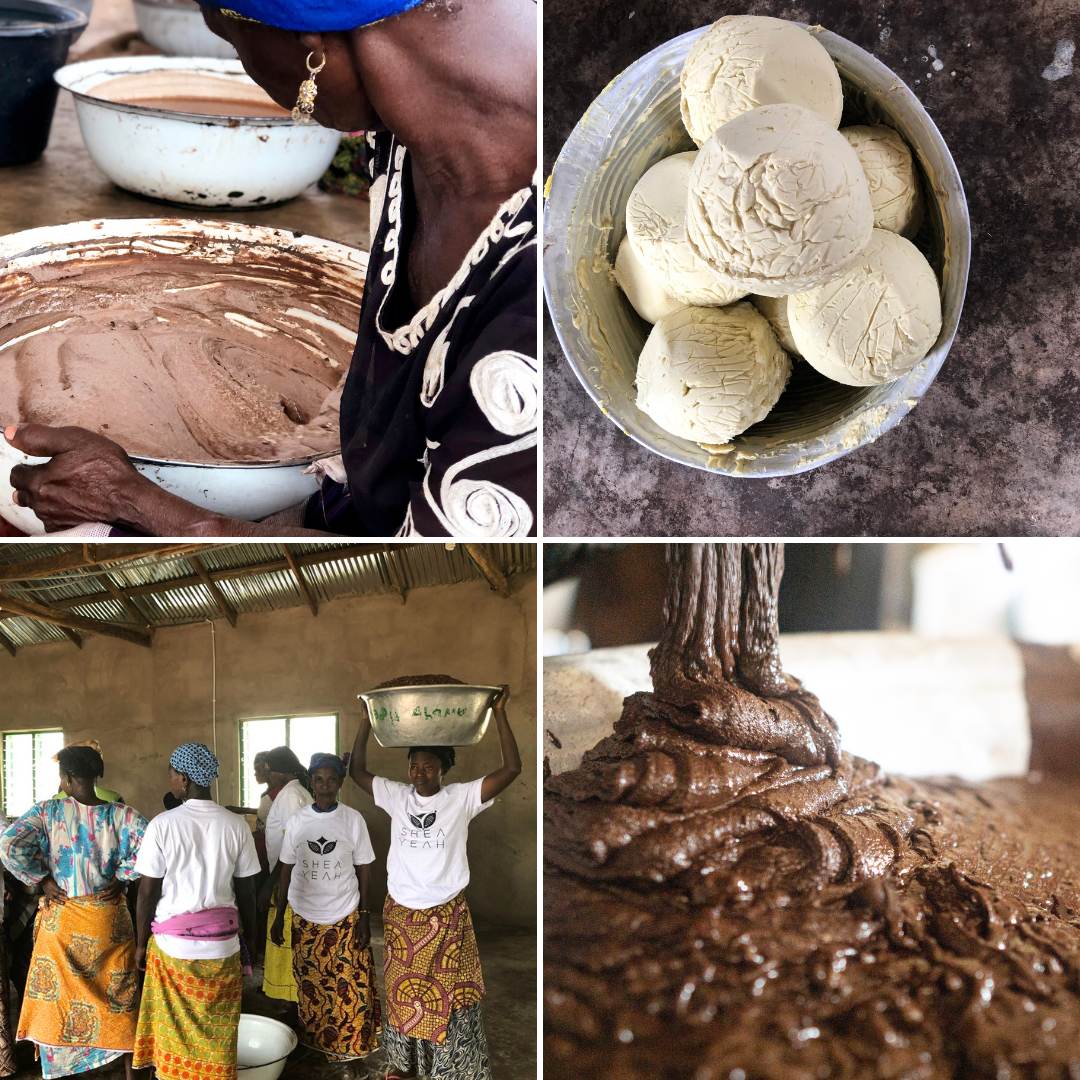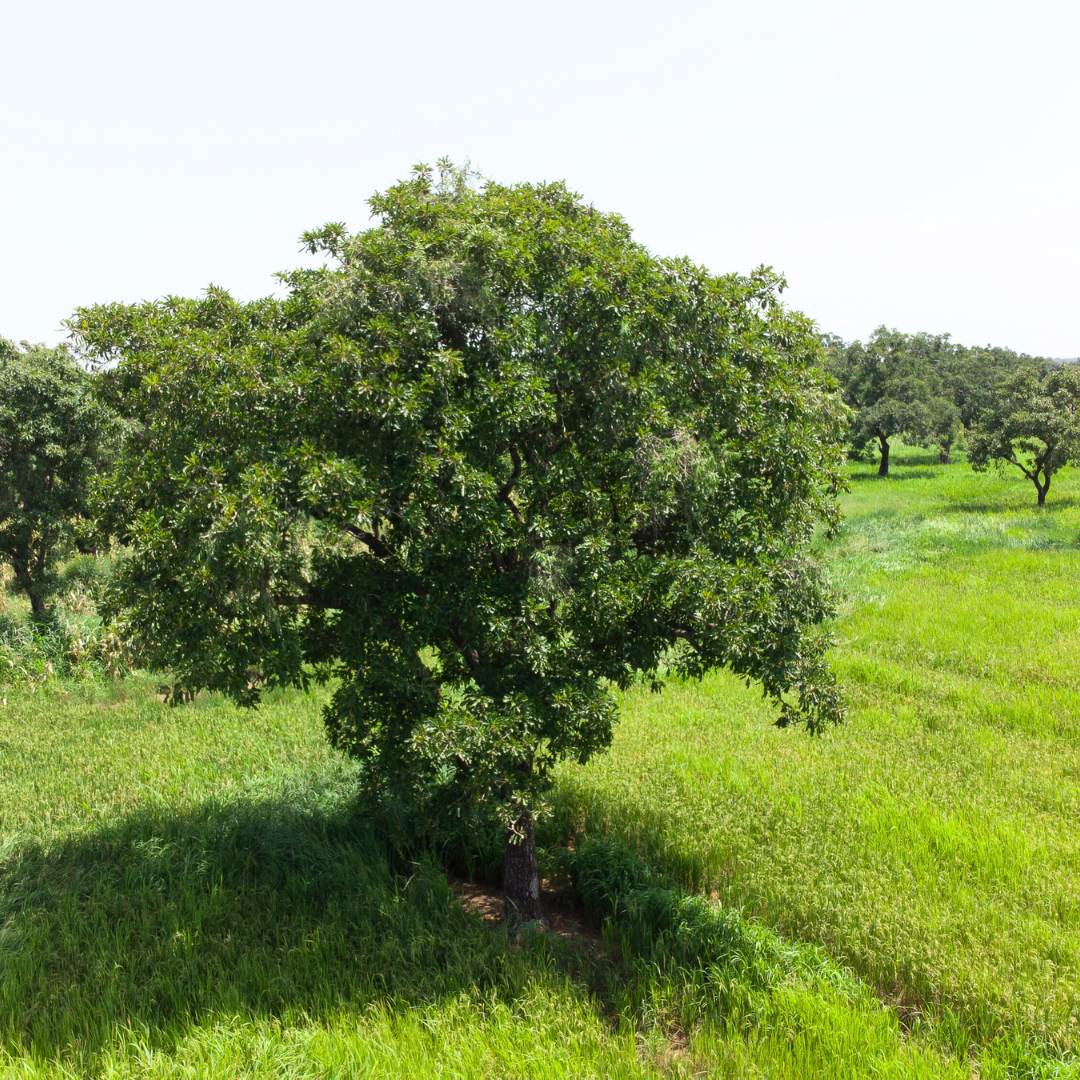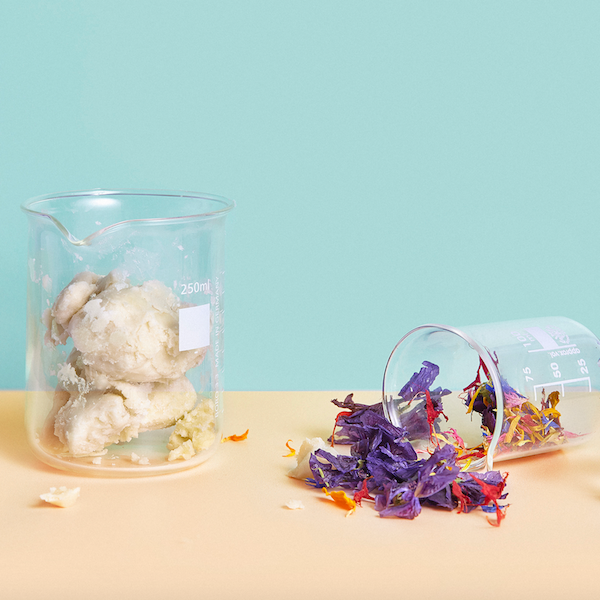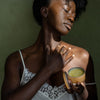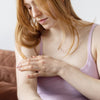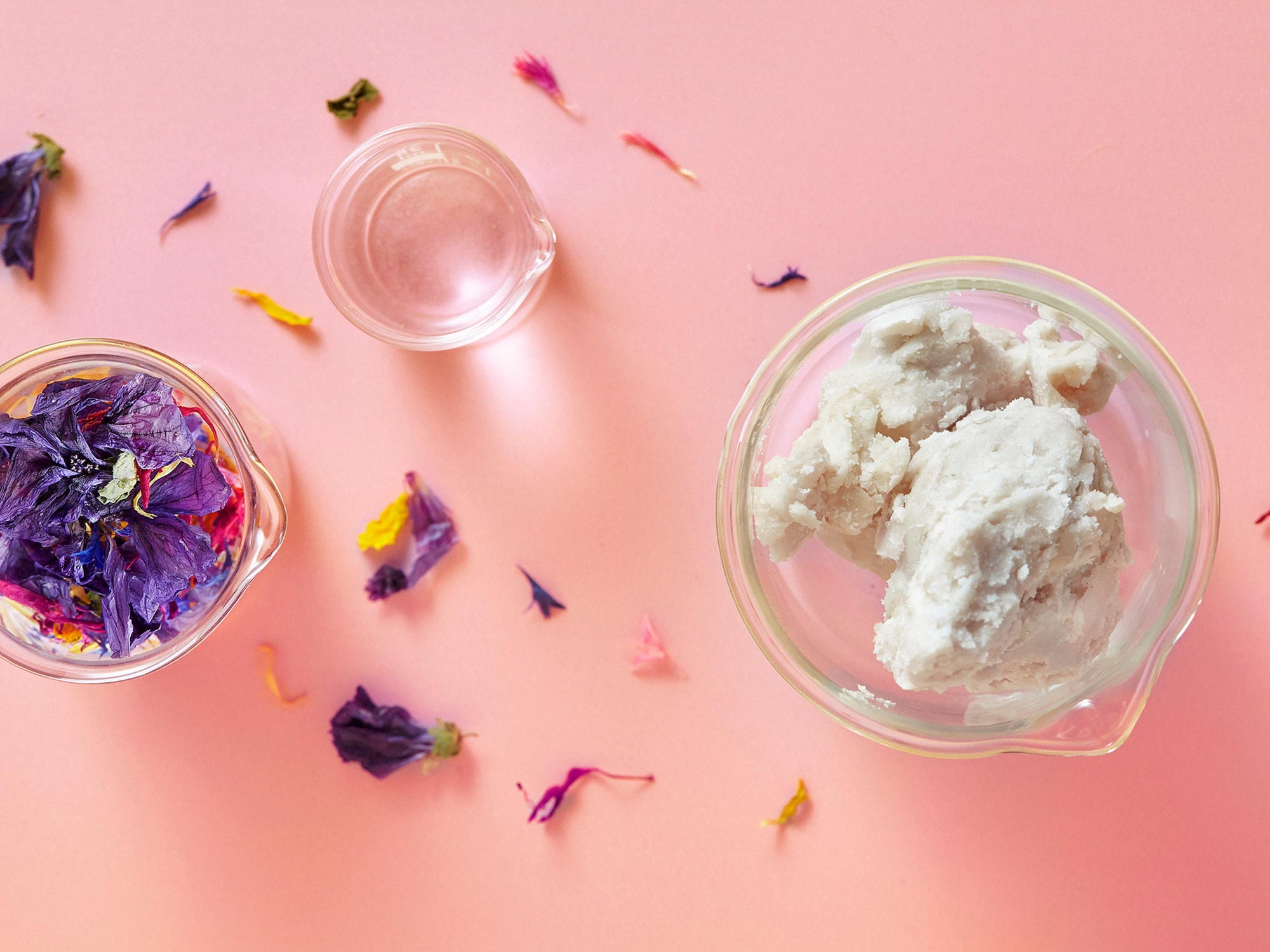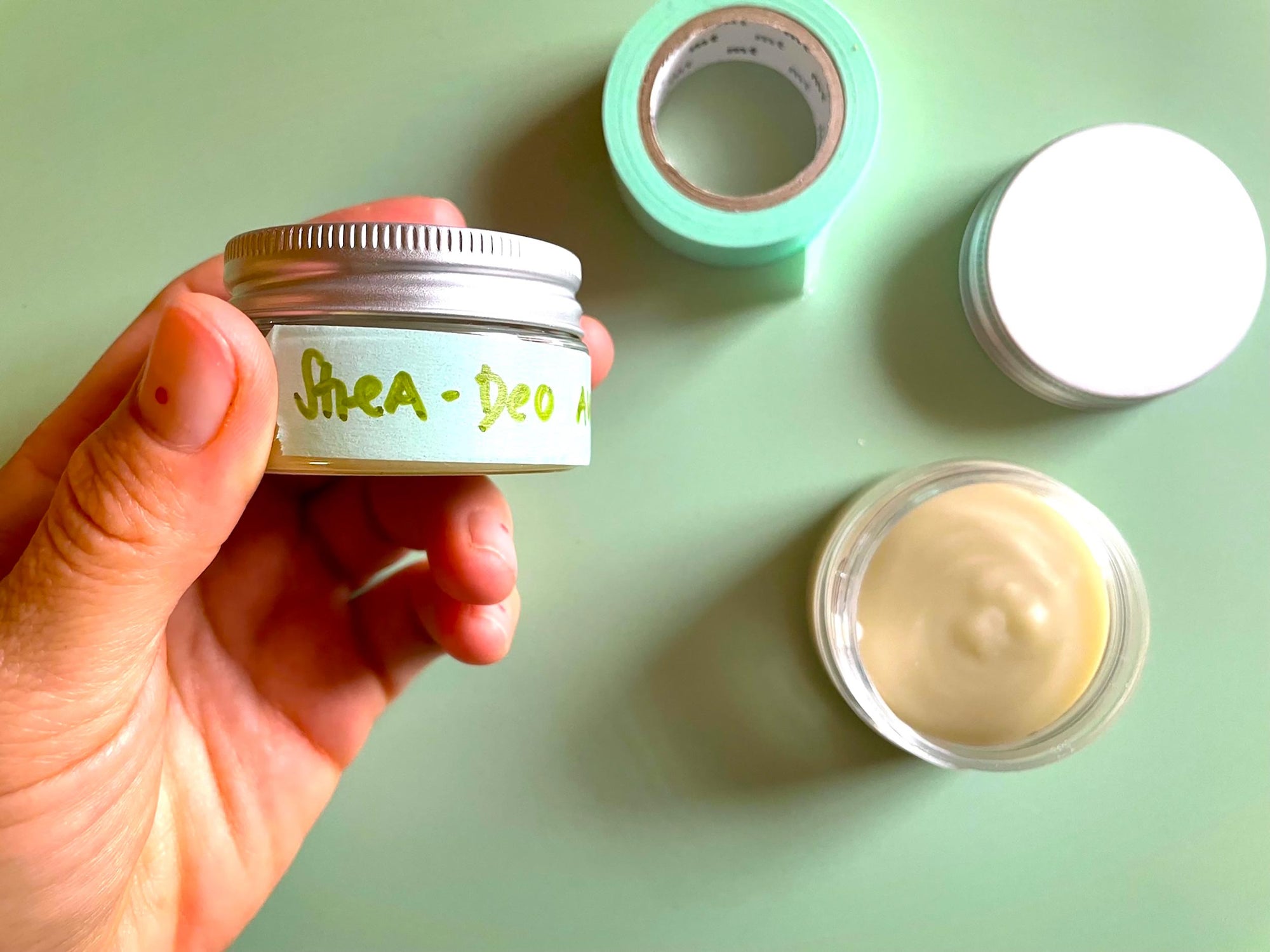Knowing what's in your products is great! A shea butter and cocoa lip balm for your brother, an anti-stretch mark butter for your pregnant friend, and a herbal bath salt for yourself. DIY natural cosmetics are fun—both to make and to give as gifts. But only as long as they don't cause chaos in the kitchen and the products are safe to use.
If you're making cosmetic products at home for yourself or to give away, there are a few important basic rules you should definitely know to ensure the products are safe, avoid product wear and tear, and generally simplify your DIY sessions in the kitchen. I've compiled the 6 most important basic rules for you here.
6 basic rules for making natural cosmetics at home
- Produce small quantities
- Sterilize work surfaces, tools, and cans/bottles (boil or spray with 70% alcohol and wipe). Disinfect hands or wear gloves.
- Always work cleanly (mise en place is recommended) and keep your hands off! Always use a spoon, knife, or spatula.
- Always store unpreserved products containing fresh ingredients or water in the refrigerator and consume within 2-3 days (microorganisms grow in them!)
- Dose essential oils correctly and follow instructions from professionals
- Label your cans or bottles with the ingredients and date after filling

-> Here you can find our 750g organic shea butter
Beware of dubious DIY online tips
A survey has shown that up to one-quarter of people who follow DIY natural cosmetic recipes, tips, and tricks from the internet subsequently experience a skin reaction. Even if a reaction doesn't occur immediately, long-term damage to the skin can occur, for example, from improperly applied essential oils, overdosing, or improperly stored raw materials.
So it is worth following these 6 simple basic rules and I also recommend Read our tips on safe DIY natural cosmetics in general and don't blindly trust the first YouTube tutorial you come across. Lol!
Have fun DIYing!
Lots of love,
Sandra
Natural cosmetician & founder SHEA YEAH


